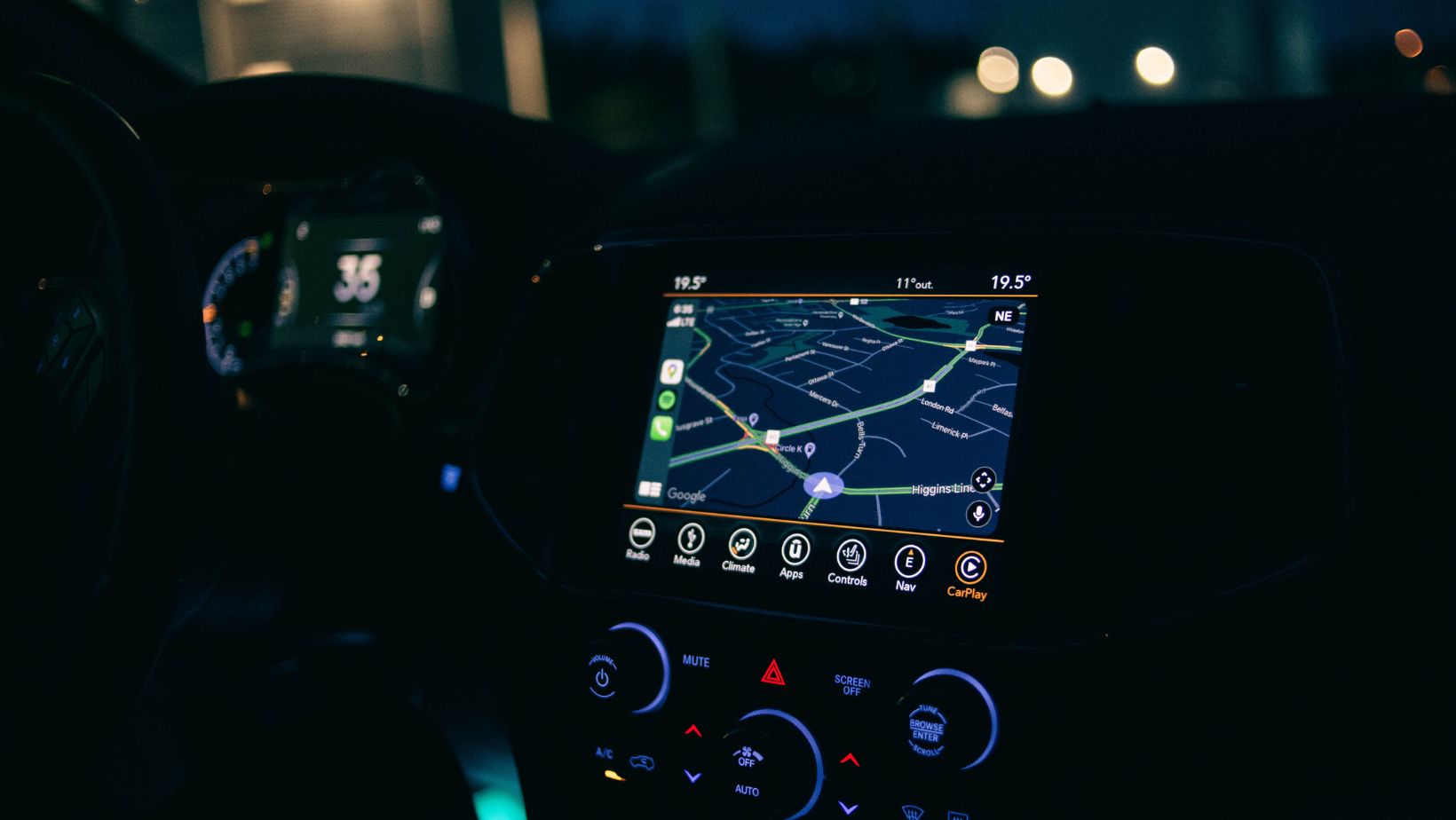
Effective management of fixed assets is essential for businesses of all types and sizes. Whether it’s a corporation or a small startup, keeping track of assets ensures they are used efficiently, well maintained, and monitored effectively. In today’s digital age driven by technology, innovative methods beyond barcodes are enhancing asset-tracking systems to provide improved functionality and accuracy.
In this article, we will delve into some strategies for fixed assets management tracking that extend beyond the use of barcodes.
Wireless Asset Tracking with RFID Technology
RFID (Radio Frequency Identification) technology has become increasingly popular in the realm of fixed asset management because of its capability to track assets wirelessly. Unlike barcodes that demand line-of-sight scanning, RFID tags can be detected from a distance using radio waves. This means that assets can be monitored without the need for scanning each item.
From warehouses to distribution facilities, RFID technology is transforming how businesses monitor their fixed assets. Companies can easily affix RFID tags to items such as machinery or tools. Oversee any object within their premises. This wireless method eliminates the necessity for data input or physical stocktakes, resulting in enhanced efficiency and decreased chances of human errors.
GPS-enabled Asset Tracking time Visibility
One method used in managing fixed assets is the utilization of GPS-enabled devices. By integrating GPS technology into assets, like vehicles or high-value equipment, businesses can stay updated on the whereabouts and movements of these items in time.

GPS-based systems offer information about an asset’s location through satellite navigation. Companies with a fleet of vehicles can track their routes, identify any usage or theft attempts promptly, and enhance logistics operations based on real-time data. Additionally, GPS-enabled asset tracking minimizes search time and simplifies maintenance schedules to boost productivity.
Cloud-Based Asset Management Solutions: Comprehensive Insights
Conventional fixed asset management procedures often rely on record-keeping and offline spreadsheets that are prone to errors and data loss over time. Cloud-based asset management solutions present an approach to effectively monitoring and controlling assets.
Cloud-based platforms grant companies a view of their assets in time, providing detailed insights that are accessible anytime and from anywhere. Depending on how a local company wants to take advantage of this, managed IT services in Winston Salem can fix and set these platforms to empower users to make decisions using data, establish automatic alerts for maintenance schedules or renewal deadlines, and effortlessly generate comprehensive reports. Cloud-based systems also play a role in ensuring the security of data and promoting collaboration among team members involved in tracking assets
Predictive Maintenance Through Machine Learning
An important advancement in the realm of fixed asset management tracking is the utilization of machine learning algorithms. These algorithms can predict maintenance needs by analyzing data, effectively reducing asset failures that lead to costly downtime.

By examining patterns observed in sensor data or past maintenance records, machine learning algorithms can identify anomalies early on, allowing for measures to be taken. This predictive maintenance strategy enables businesses to schedule maintenance tasks rather than reacting after an asset breakdown occurs. Consequently, assets are maintained at their peak performance levels while expenses related to repairs and operational disruptions are minimized.
Seamless Asset Monitoring with IoT Integration
The Internet of Things (IoT) has revolutionized how various devices communicate with each other through interconnected networks. In terms of fixed asset management tracking, this connectivity facilitates monitoring across multiple locations or remote sites. Through integration, companies can remotely monitor assets using sensors that collect information like temperature changes, motion detection, and energy consumption levels.
This real-time data aids in identifying irregularities and potential risks. Furthermore, IoT devices offer automation features such as automated check-ins/check-outs or generating replenishment requests once specific thresholds are reached, making the tracking process more efficient.
Conclusion
As technology advances impact all facets of business operations, the management of fixed assets through GPS-enabled systems has also progressed beyond barcode methods. RFID technology allows for tracking GPS-enabled devices that provide real-time asset movement visibility, and cloud-based solutions offer in-depth insights. Integrating machine learning and IoT enables maintenance and seamless monitoring and storing. Embracing these strategies helps businesses enhance accuracy and tracking, boost efficiency, cut costs, and ultimately maximize the worth of their fixed assets.










